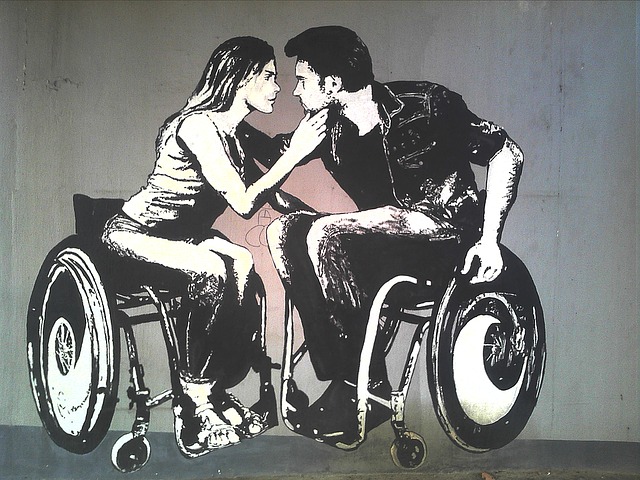Accessibility in Philanthropy: "Takes a community"

"All funders across the philanthropic spectrum should work to ensure that the projects we fund are made accessible to people with disabilities," states in a recent post Rachel Pardoe, program officer for Older Adults and People with Disabilities at The New York Community Trust.
Though only a handful of foundations explicitly fund “disability services,” as Pardoe mentions, "most grantmakers already do support disabled people through their regular programming."
The key, according to Pardoe, is to "start the conversation."
The New York Community Trust supports nonprofits in their journeys to become accessible; most didn’t know where to start, or what was appropriate to ask, and many had concerns about budget and level of effort. We didn’t expect the groups to have clearly defined accessibility plans at the outset. Instead, we encouraged them to put disability on the agenda, ask questions, and identify feasible goals. In fact, many started by speaking with disability experts and making one program or piece of their organization accessible.
Here are some questions Pardoe says funders should consider as they pursue grantmaking in key program areas:
- "Education—Do your grantees provide information and program components in accessible formats so that students with learning disabilities or with vision or hearing impairments can participate?"
- "Civic engagement—Did you know that less than 20% of polling places were fully accessible to people with disabilities in the 2016 election and less than half of disabled New Yorkers are registered to vote, despite being eligible?"
- "Prison reform—Are you aware that almost 40 percent of the U.S. incarcerated population has some form of disability? Do your grantees design their programs with this in mind?"
- "Capital improvements to physical spaces—Do you encourage your grantees to make sure that new designs incorporate, and even go beyond, the basic ADA requirements? Will lighting and signage be designed such that people with impaired vision can navigate the space?"
Image: Funemanka / Pixabay
